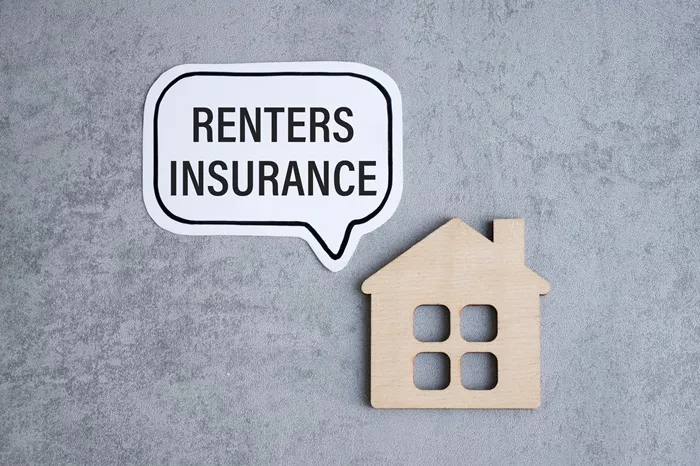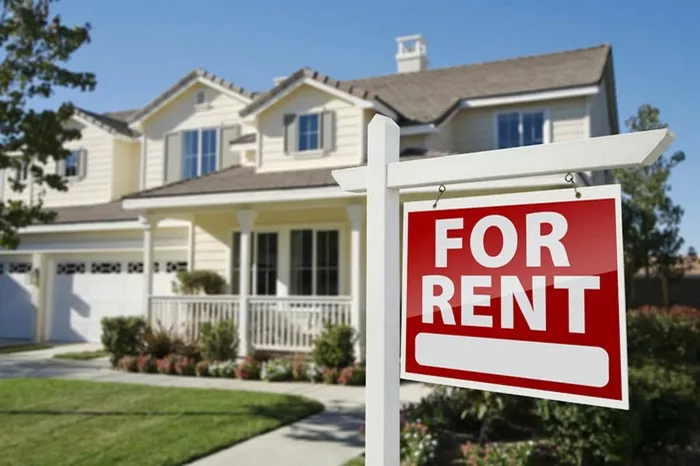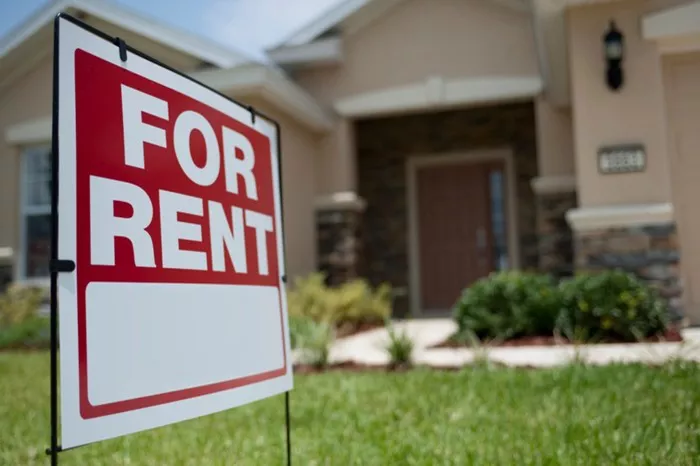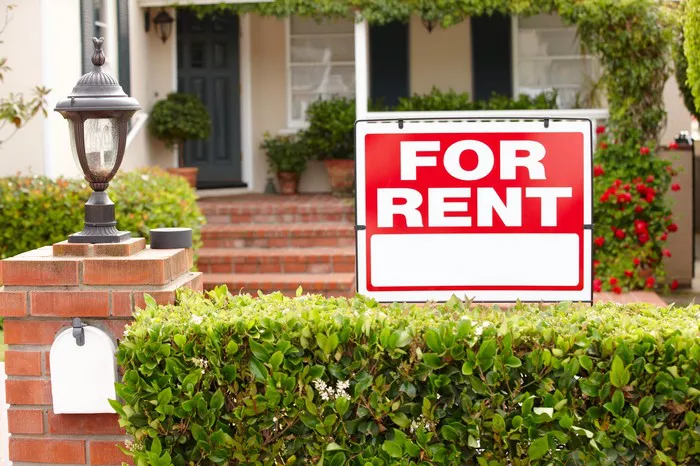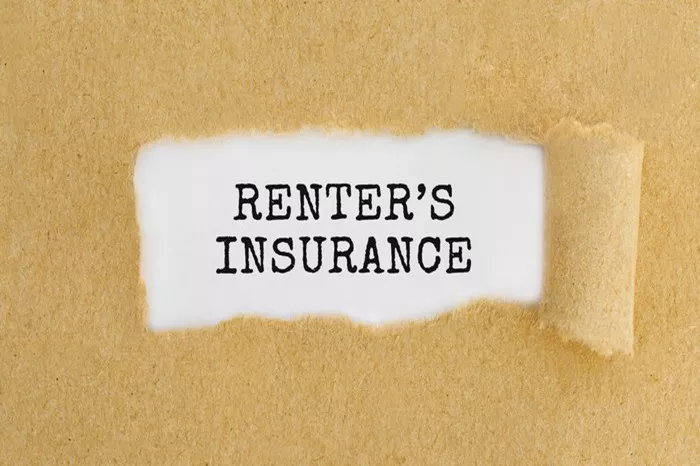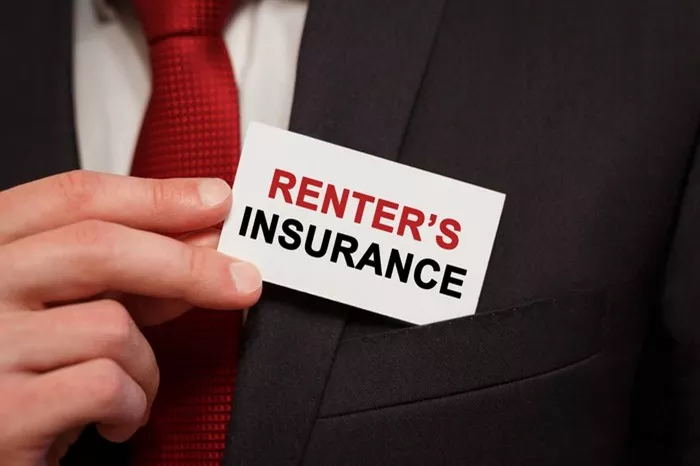Renters insurance is an essential aspect of financial protection for those renting a home or apartment. Understanding what does renters insurance cost is crucial for making informed decisions about your coverage options and budget. In this comprehensive article, we will delve into the various factors that influence renters insurance costs, explore average prices, and provide practical tips on how to potentially reduce your premiums.
Factors Influencing Renters Insurance Costs
Several factors significantly impact the cost of renters insurance. By understanding these elements, you can better grasp why your insurance premiums might be higher or lower than others’.
1. Location
The location of your rental property plays a pivotal role in determining your renters insurance costs. Insurance companies assess various risks associated with specific areas when calculating premiums.
Crime Rate: If your area experiences high levels of crime, including theft and vandalism, you may face higher insurance costs. Higher crime rates increase the risk of loss or damage to your belongings, leading to increased premiums.
Natural Disasters: Areas prone to natural disasters, such as hurricanes, floods, or earthquakes, often see elevated insurance premiums. Even if your specific location is not directly affected, the overall risk in the region can impact your insurance costs.
Local Building Codes: The stringency of local building codes can influence your insurance premium. Properties in areas with stringent building regulations, designed to mitigate damage from natural disasters, may benefit from lower premiums due to reduced risk.
2. Coverage Amount
The amount of coverage you choose is a critical factor in determining your renters insurance cost. Renters insurance typically includes several types of coverage, each influencing the overall premium.
Personal Property Coverage: This type of coverage protects your personal belongings, such as clothing, electronics, and furniture, from various risks like fire, theft, and vandalism. Opting for higher coverage limits will result in increased premiums as more protection means higher potential payout amounts.
Liability Coverage: Liability coverage safeguards you against legal claims for injuries or property damage that you may cause to others. Higher liability limits, which provide more extensive protection, generally lead to higher insurance costs.
Additional Living Expenses: This coverage helps pay for temporary housing and living expenses if your rental property becomes uninhabitable due to covered events like fire or severe damage. Increasing the limits on this coverage can raise your premium, as it ensures you have sufficient funds to cover extended living costs.
3. Deductibles
The deductible is the amount you are required to pay out of pocket before your insurance coverage begins. Choosing a higher deductible can lead to lower monthly premiums, but it also means you will have to cover more costs yourself if you file a claim.
Higher Deductibles: Opting for a higher deductible generally results in lower monthly premiums. However, it is essential to ensure that you can afford the deductible amount if a claim becomes necessary, as a higher deductible means more out-of-pocket expenses in the event of a loss.
Lower Deductibles: Conversely, choosing a lower deductible will increase your monthly premiums but reduce the amount you need to pay when filing a claim. It’s crucial to balance the deductible with your financial capability and risk tolerance.
4. Policy Type
The type of renters insurance policy you choose affects your premium costs. Various policies offer different levels of protection and coverage options.
Named Perils Policy: This policy type covers only the specific risks explicitly listed in the policy, such as fire, theft, or vandalism. While it usually comes with lower premiums, it offers more limited protection compared to broader policies.
All-Risk Policy: Also known as an open-perils policy, this type of coverage includes protection against all risks except those specifically excluded in the policy. Although it generally has higher premiums, it provides more comprehensive protection against a wide range of potential risks.
5. Insurance Provider
Different insurance companies use varying criteria and methods to determine premiums, which can lead to significant differences in rates among providers.
Company Reputation: Well-established insurance companies with a strong reputation for customer service and claims handling may charge higher premiums. However, these companies often provide more reliable service and better support when you need it.
Discounts: Insurance providers may offer various discounts that can reduce your premiums. Discounts might be available for bundling multiple policies, installing security systems, or maintaining a claims-free record. Exploring these discounts can help you find a more affordable rate.
Average Cost of Renters Insurance
To offer a clearer perspective, let’s examine the average cost of renters insurance based on current data. Keep in mind that these figures represent general estimates and actual premiums can vary based on multiple factors.
1. National Average
On average, renters insurance in the United States costs between $180 and $250 annually. This translates to roughly $15 to $21 per month. These averages can fluctuate depending on coverage limits, location, and other influencing factors.
2. Regional Variations
Renters insurance costs can vary widely depending on the region. For instance:
Urban Areas: In major cities with higher property values or crime rates, renters insurance premiums may range from $200 to $300 annually. Urban environments often present higher risks, which can lead to increased insurance costs.
Rural Areas: Conversely, renters in rural locations with lower crime rates and property values may find premiums ranging from $150 to $200 annually. The lower risk profile in rural areas often results in more affordable insurance rates.
3. Age and Experience
Age and insurance history can impact your premiums. Younger renters or those with limited insurance experience might face higher rates due to perceived higher risk. More experienced renters with a history of responsible insurance use may benefit from lower premiums.
See Also: California Renters Insurance: How Much Should a Landlord Require?
Tips for Lowering Renters Insurance Costs
Reducing your renters insurance costs without sacrificing coverage is achievable with a few strategic actions. Here are some practical tips to help you save on premiums:
1. Shop Around
Comparing quotes from multiple insurance providers is one of the most effective strategies for finding a lower rate. Each company uses different criteria to determine premiums, so obtaining quotes from several providers can help you identify the best deal.
Request Quotes: Contact multiple insurance companies to obtain quotes based on your coverage needs. Comparing these quotes will give you a clearer picture of your options and potential savings.
Review Policy Options: Examine the details of each policy, including coverage limits and exclusions, to ensure that you are comparing similar options.
2. Increase Your Deductible
Choosing a higher deductible can lead to reduced monthly premiums. However, ensure that you are comfortable with the deductible amount in the event of a claim.
Assess Financial Situation: Evaluate your ability to cover a higher deductible if a claim occurs. Ensure that the deductible amount is manageable for your financial situation.
Balance Deductible and Premiums: Consider the trade-off between lower premiums and higher deductibles to find a balance that suits your needs.
3. Bundle Policies
Many insurance companies offer discounts for bundling renters insurance with other types of coverage, such as auto insurance. Bundling policies can lead to significant savings.
Explore Bundling Options: Check with your current insurance provider or other companies to see if bundling renters insurance with auto or other policies offers a discount.
Evaluate Savings: Calculate the potential savings from bundling to determine if it provides a better overall value compared to separate policies.
4. Install Safety Features
Enhancing the safety and security of your rented property can help reduce your insurance premiums. Consider installing:
Smoke Detectors: Insurance companies often offer discounts for properties equipped with functioning smoke detectors. Ensure that detectors are installed and regularly maintained.
Security Systems: Installing security systems, such as alarms and surveillance cameras, can lower your risk profile and potentially reduce your premiums.
5. Maintain a Good Credit Score
Your credit score can influence your insurance premiums. Maintaining a good credit score demonstrates financial responsibility, which can lead to lower rates.
Monitor Credit Reports: Regularly check your credit reports for accuracy and address any issues that may affect your score.
Improve Credit Score: Take steps to improve your credit score, such as paying bills on time and managing debt responsibly, to potentially qualify for lower premiums.
6. Review and Update Coverage
Regularly reviewing your renters insurance policy ensures that your coverage limits are appropriate for your current situation. Adjust your policy as needed to avoid overpaying for coverage you no longer require.
Assess Coverage Needs: Periodically evaluate your personal property and liability coverage needs based on changes in your circumstances.
Update Policy: Make necessary adjustments to your policy to align with your current coverage requirements and avoid unnecessary costs.
Conclusion
Understanding what does renters insurance cost involves considering various factors, including location, coverage amount, deductible, policy type, and insurance provider. By taking these factors into account and implementing strategies to lower your premiums, you can make informed decisions about your renters insurance. Shopping around, comparing quotes, and regularly reviewing your policy are essential steps in ensuring you receive the best value for your insurance investment.

